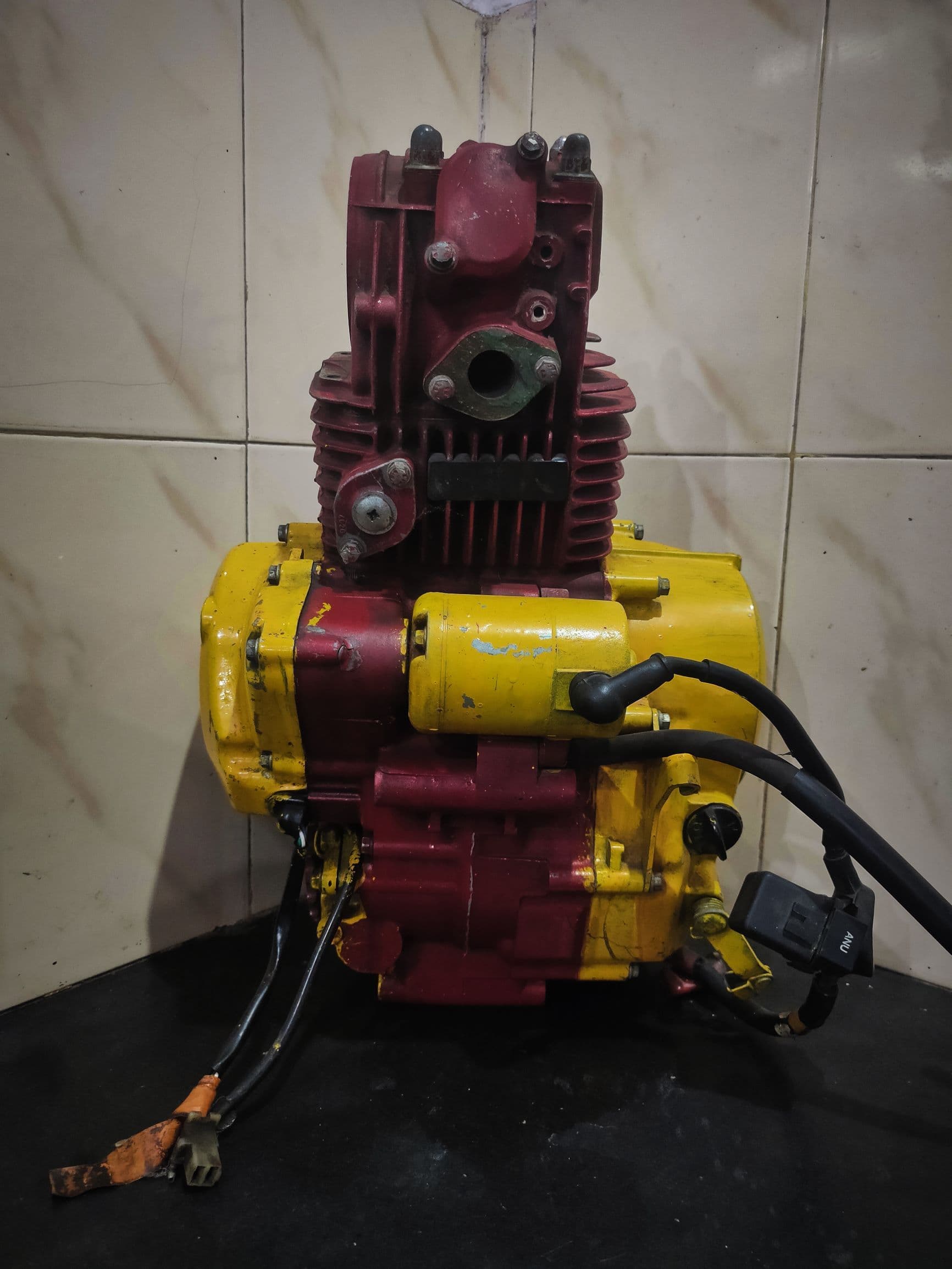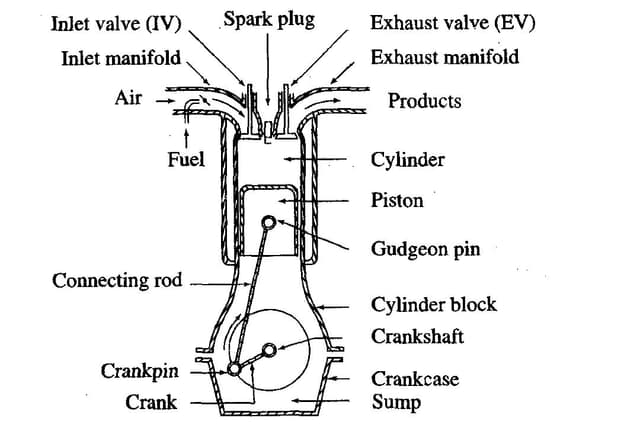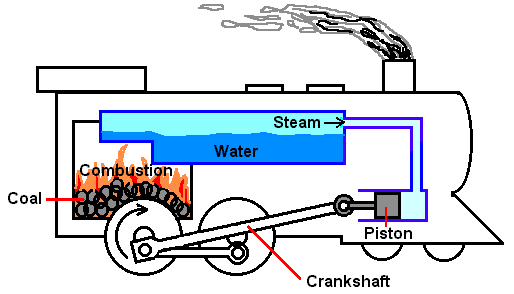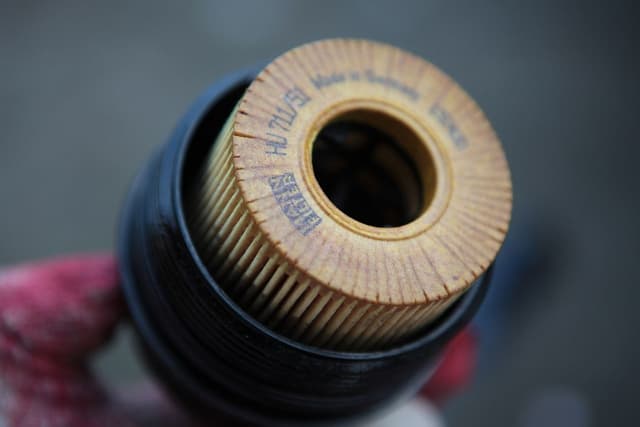IC Engine
The Internal Combustion Engine - Powering Our World with Efficiency and Innovation

Bablu Yadav
Posted in Automobile Engineering
.
Introduction:
The internal combustion engine (ICE) has been the heart and soul of transportation for over a century. From cars and motorcycles to boats and airplanes, this engineering marvel has revolutionized the way we travel and shaped the modern world as we know it. In this blog post, we will explore the inner workings of the internal combustion engine, its historical significance, and its ongoing innovations that continues to drive progress in the automotive industry.
A Brief History:
The invention of the internal combustion engine (IC engine) can be traced back to the 19th century. While several inventors made significant contributions to its development, it was Nikolaus Otto who built the first practical four-stroke engine in 1876. This design laid the foundation for the engines we use today.
How it Works:
At its core, the internal combustion engine converts the energy released from burning fuel into mechanical work. The process begins with the intake stroke, during which a mixture of air and fuel is drawn into the engine's combustion chamber. As the piston moves upward, it compresses the mixture, creating high pressure and temperature. At the peak of the compression stroke, a spark plug ignites the mixture, causing a controlled explosion and rapidly expanding gases. This explosion drives the piston down, converting the linear motion into rotational motion, which eventually powers the wheels or propels the vehicle.
Efficiency and Environmental Concerns:
While the internal combustion engine(IC engine) has undoubtedly been a game-changer, its efficiency has been a subject of this ongoing improvement. Modern engines incorporate various technologies like turbocharging, direct fuel injection, and variable valve timing to enhance efficiency, reduce emissions, and optimize power output. Additionally, advancements in engine management systems have led to more precise control over fuel delivery, further improving fuel economy.
Despite these advancements, internal combustion engines are associated with environmental concerns due to their emissions. Efforts have been made to mitigate this impact through the implementation of stringent emission regulations and the development of alternative fuels such as bio fuels, natural gas, and hydrogen. Furthermore, hybridization and electrification have gained momentum, with hybrid vehicles and electric cars becoming increasingly popular, offering cleaner and more sustainable transportation options.
Innovation and Future Prospects:
As we move towards a greener and more sustainable future, the internal combustion engine continues to evolve. Automakers and researchers are investing in technologies like downsizing, lightweight materials, and advanced combustion techniques to achieve higher efficiency and lower emissions. The development of hybrid power trains, plug-in hybrids, and hydrogen fuel cell vehicles also showcases the ongoing innovation in the industry.
Conclusion:
The internal combustion engine (IC engine) has been an integral part of human progress, revolutionizing transportation and powering our world. Despite its environmental challenges, continuous advancements in technology are addressing efficiency and emissions concerns. As we transition to cleaner energy sources, the internal combustion engine will continue to play a crucial role in the automotive landscape, offering efficient and reliable power while paving the way for a sustainable future.




